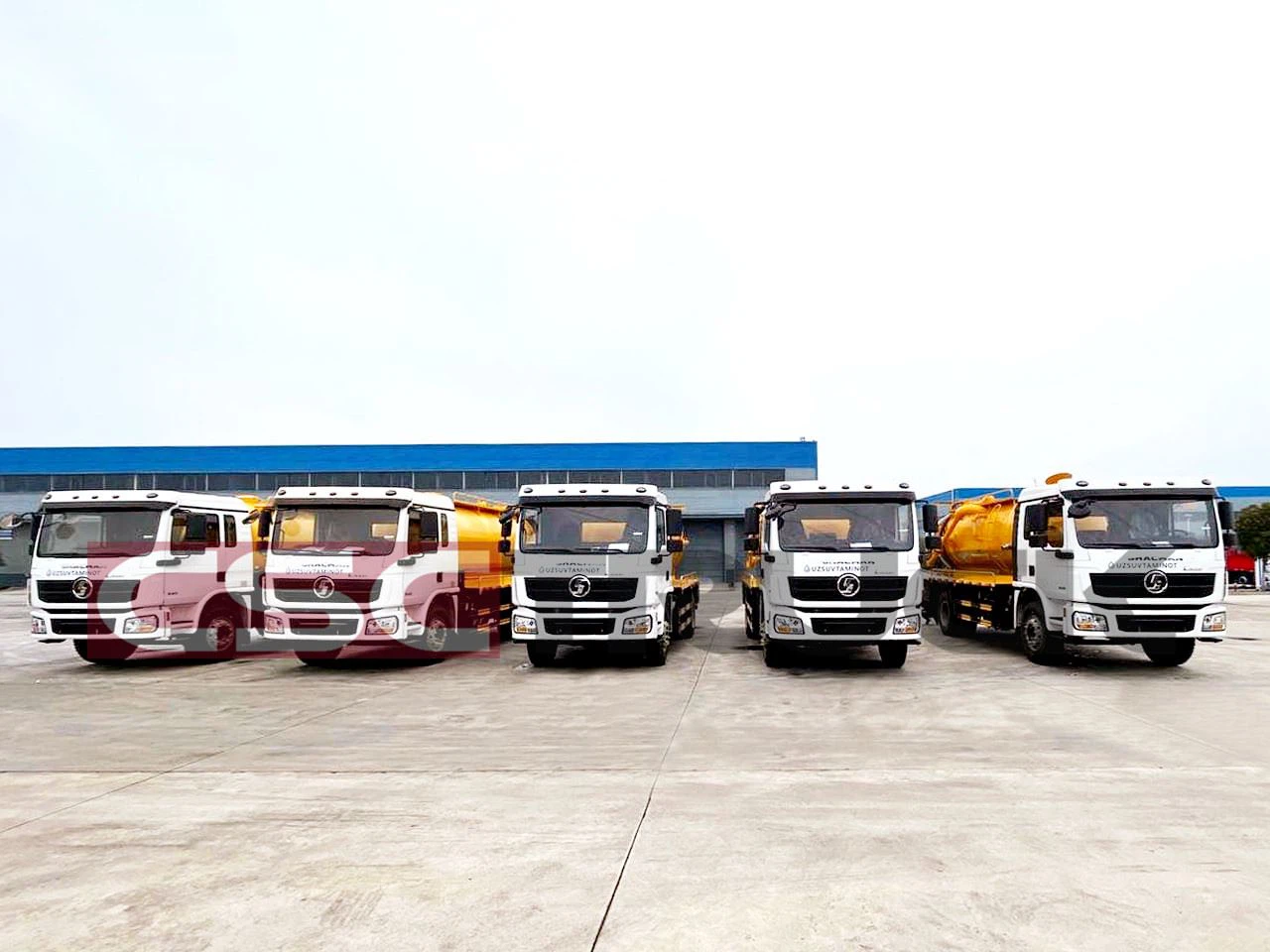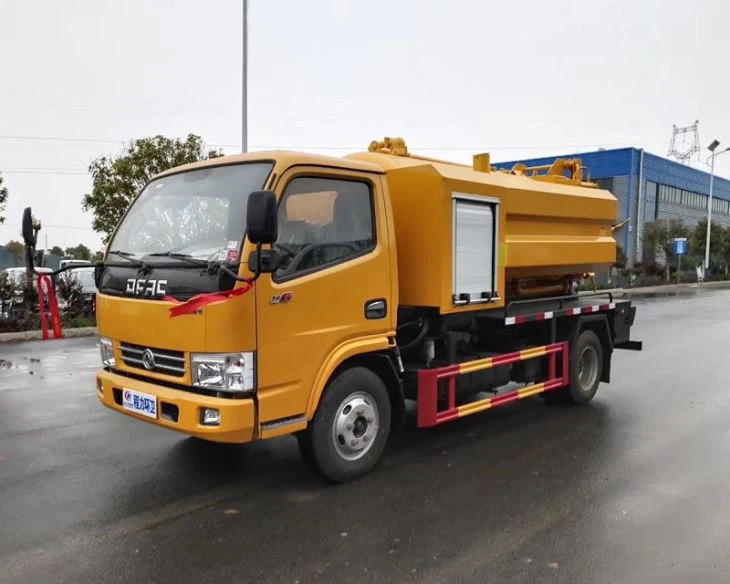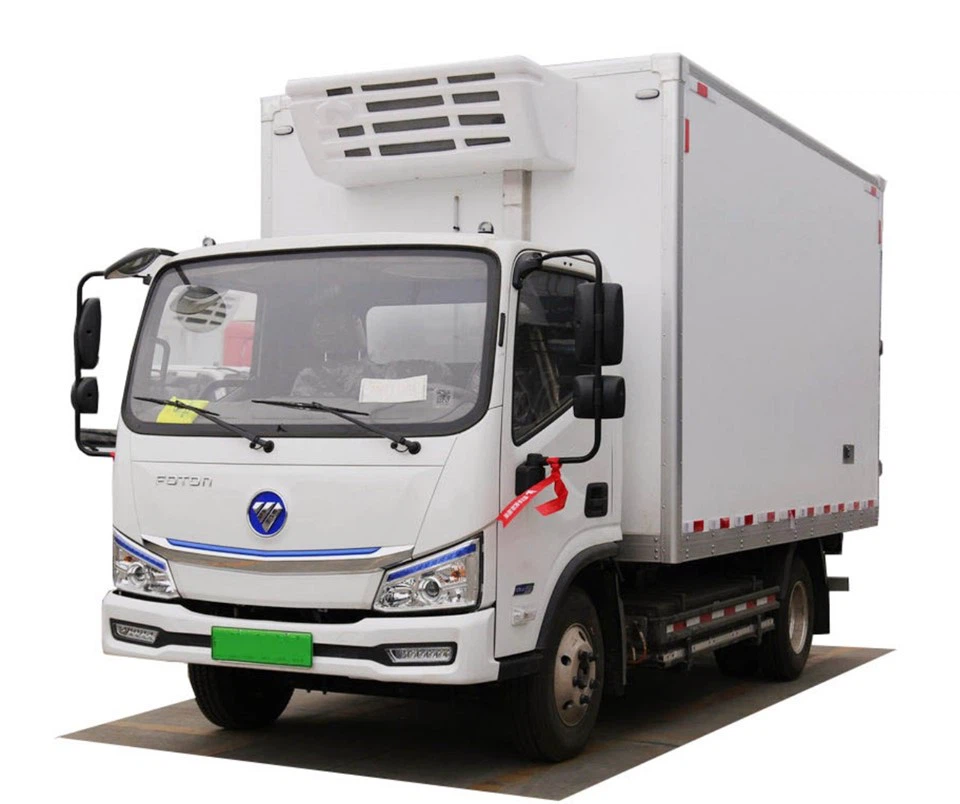Understanding Electric Chassis: The Backbone of Electric Vehicles

The automotive industry is undergoing a transformational shift towards sustainability, with electric vehicles (EVs) taking center stage. At the heart of this transformation lies the electric chassis, a crucial component that sets the foundation for modern EV design and performance. This article delves deep into the world of electric chassis, exploring its structure, advantages, applications, and future trends while answering frequently asked questions for a clearer understanding.
What Is an Electric Chassis?
An electric chassis refers to the underlying framework of an electric vehicle that supports its components, including batteries, motors, and control systems. Unlike traditional chassis, which are primarily designed for internal combustion engines, electric chassis are engineered to optimize space, efficiency, and drive experience.
The Structure of Electric Chassis
The electric chassis typically consists of several key components:
- Battery Pack: The primary energy source, often positioned in the floor to lower the center of gravity.
- Electric Drive Unit: Integrates the electric motor and transmission into a compact unit.
- Suspension System: Enhanced for better handling and comfort, accommodating the unique weight distribution of an EV.
- Body Structure: Lightweight materials, such as aluminum and carbon fiber, are used to ensure durability and efficiency.
Comparison of Electric Chassis and Traditional Chassis
| Feature | Traditional Chassis | Electric Chassis |
|---|---|---|
| Weight Distribution | Front-heavy due to engine position | Lower center of gravity with battery placement |
| Material | Steel and heavy alloys | Lightweight materials (aluminum, carbon fiber) |
| Motor Placement | Engine located at front or rear | Electric motor can be positioned anywhere, including wheels |
| Design Flexibility | Limited by engine and drivetrain | More modular designs possible for customization |
The Advantages of Electric Chassis
Electric chassis offer numerous benefits over traditional configurations, contributing significantly to the appeal of electric vehicles. Here are some of the main advantages:
1. Improved Efficiency
With optimized aerodynamics and reduced weight, electric chassis can enhance the overall efficiency of the vehicle, leading to longer ranges and lower energy consumption.

2. Enhanced Performance
The instant torque provided by electric motors allows for better acceleration and responsiveness, which can significantly enhance driving experience.
3. Modular Design
Electric chassis can be designed to accommodate various body styles and configurations, making them adaptable for different vehicle types such as sedans, SUVs, and vans.
4. Lower Maintenance Costs
Fewer moving parts in an electric driveline mean reduced wear and tear, resulting in lower maintenance costs compared to traditional vehicles.
5. Safety Improvements
Electric chassis allow for better crash performance due to their low center of gravity, reducing rollover risk and improving overall stability.
Applications of Electric Chassis
Electric chassis are increasingly being used in a variety of automotive applications. Here are some notable examples:
1. Passenger Electric Vehicles
Automakers like Tesla, Nissan, and Chevrolet have embraced electric chassis for their passenger models, such as the Tesla Model 3, Nissan Leaf, and Chevy Bolt.
2. Commercial Electric Vehicles
With the rise of e-commerce, electric chassis are powering delivery vans and trucks, like the Ford E-Transit and Rivian delivery van, aimed at reducing emissions in urban settings.
3. Public Transportation
Electric buses are gaining popularity, equipped with electric chassis to provide clean and efficient transport solutions in cities around the world.
4. Electric Scooters and Bikes
Electric chassis are not limited to full-sized vehicles but are also utilized in electric scooters and bikes, promoting eco-friendly urban transport.
Future Trends in Electric Chassis
As the demand for electric vehicles continues to grow, several trends are shaping the future of electric chassis:
1. Increased Use of Lightweight Materials
The automotive industry is increasingly adopting advanced lightweight materials to improve the performance and range of EVs.
2. Integration of Autonomous Technologies
With the rise of autonomous driving, electric chassis will be designed to accommodate advanced sensors and processing units for better navigation and safety.
3. Battery Technology Advancements
Future electric chassis may include innovative battery technologies such as solid-state batteries to improve energy density and recharge times.
4. Sustainable Manufacturing Practices
More companies are focusing on sustainable practices in the manufacturing process, ensuring that the electric chassis are produced with minimal environmental impact.
Practical Tips for Choosing Electric Chassis in Your Next Vehicle
When considering an electric vehicle, understanding the electric chassis can help you make an informed decision. Here are some practical tips:
1. Evaluate Battery Size and Placement
The battery is a key component. Check the battery size, as it influences range, and the placement for improved handling.
2. Consider Weight Distribution
A well-balanced chassis will improve driving dynamics. Look for vehicles with a low center of gravity for better stability.
3. Research Suspension Systems
Examine suspension systems designed for electric chassis. A robust suspension enhances comfort and handling, especially on uneven roads.
4. Look for Modularity
If planning to switch body styles or use a chassis for different applications, ensure that flexibility is part of the design.
Frequently Asked Questions About Electric Chassis
1. What are the main components of an electric chassis?

The main components include the battery pack, electric drive unit, suspension system, and body structure.

2. How does the electric chassis improve vehicle performance?
Electric chassis improve performance through better weight distribution, instant torque delivery, and reduced weight.
3. Can electric chassis be customized for different vehicle types?
Yes, electric chassis can be designed in a modular fashion, making them adaptable for various body styles, including trucks, vans, and passenger vehicles.
4. What is the impact of electric chassis on vehicle safety?
Electric chassis enhance safety by providing a lower center of gravity, which reduces rollover risks and improves overall stability.
5. What trends are shaping the future of electric chassis?
Key trends include the use of lightweight materials, integration of autonomous technologies, advancements in battery technology, and sustainable manufacturing practices.
6. How can I choose the best electric vehicle based on its chassis?
Consider battery size, weight distribution, suspension design, and the overall modularity of the chassis for customization.
